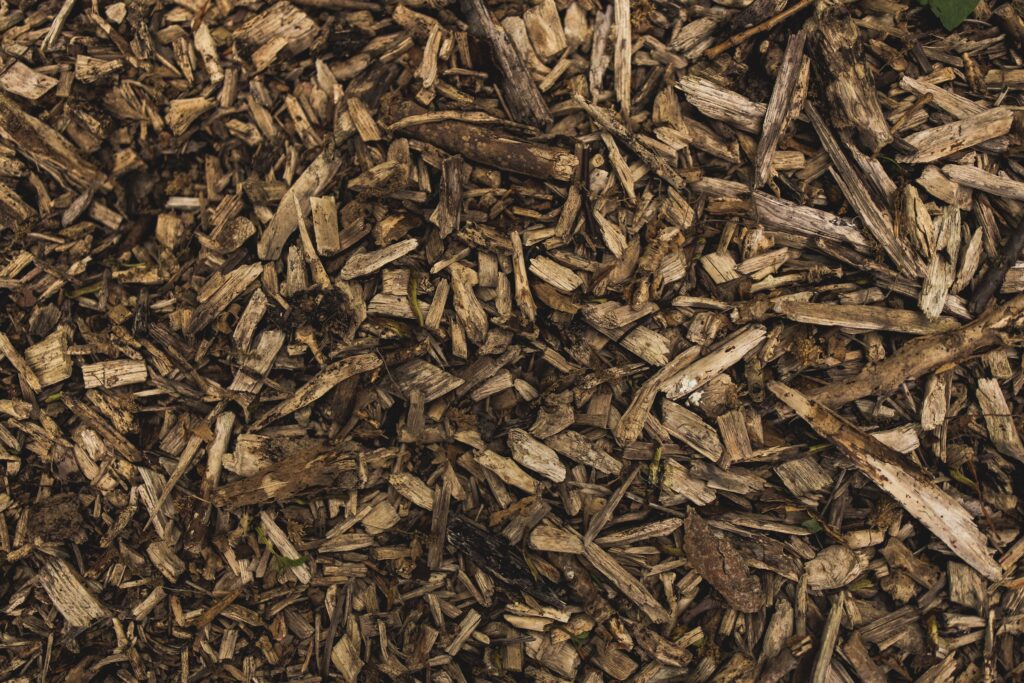Properly Disposing of Tree Debris and Waste
Tree removal is a necessary task for various reasons, from safety concerns to landscaping needs. Upon the completion of tree removal, a pivotal question emerges: how should one appropriately manage the resulting debris and waste? Effective disposal is not only essential for the sake of environmental sustainability but also plays a pivotal role in fostering the well-being of the community. In this guide, we will explore the various ways to handle tree debris responsibly.

Mulching
Embracing mulching stands out as a highly eco-conscious approach to managing tree debris. Chipping the branches and leaves into small pieces creates nutrient-rich mulch that can be used for landscaping. Mulch helps retain soil moisture, suppress weeds, and improve soil health. Homeowners can invest in a wood chipper or hire professionals to chip the debris on-site.
Composting
For smaller branches, leaves, and other organic material, composting is an excellent option. Composting facilitates the organic breakdown of tree waste, transforming it into nutrient-dense compost capable of enhancing the fertility of garden soil. Ensure a good balance of green and brown materials for optimal composting. Avoid including diseased or pest-infested materials to prevent the spread of problems.
Donation
Consider donating larger pieces of wood to local residents or organizations in need of firewood. Many people rely on firewood for heating, and repurposing tree debris can help them during colder months. Additionally, artists or woodworking enthusiasts may appreciate the opportunity to transform salvaged wood into beautiful creations.
Biomass Energy
In some regions, tree debris is used as a biomass energy source. Biomass facilities convert organic materials into renewable energy, such as electricity or heat. While this option may not be accessible to everyone, it’s worth researching local facilities that accept tree waste for energy production.
Landfill Disposal
While it’s best to explore eco-friendly options first, sometimes landfill disposal is unavoidable. When taking tree debris to a landfill, separate it from other waste and follow local regulations. Some landfills have designated areas for green waste, which can be processed separately to reduce environmental impact.
Curbside Pickup Programs
Many municipalities offer curbside pickup programs for green waste, including tree debris. Check with local authorities to find out about scheduled pickups or if there are specific guidelines for preparing the waste. This convenient option helps residents dispose of tree debris responsibly without the need for transportation.
Wood Recycling Facilities
Wood recycling facilities specialize in processing and recycling wood waste. Contacting a local wood recycling facility can be a convenient way to ensure that tree debris is handled responsibly. These facilities may accept a wide range of wood materials, from small branches to larger trunks.
Creative Reuse
Encourage creative reuse of tree debris within the community. Artists and craftsmen can draw inspiration from the creative reimagining of wood, transforming it into captivating sculptures, bespoke furniture, or other functional masterpieces. Hosting community workshops or collaborating with local artisans can turn tree removal into a community-building opportunity.
Thoughtfully managing tree debris and waste isn’t merely a responsible environmental practice; it also presents a chance to make a positive contribution to the community. From mulching and composting to donating or recycling, a plethora of eco-friendly alternatives present themselves for conscientious consideration. Selecting an appropriate method tailored to the type and volume of debris empowers homeowners to guarantee that their tree removal endeavors are not only secure but also aligned with principles of environmental sustainability. Remember to research local regulations and resources to make the most informed and eco-conscious choices.
